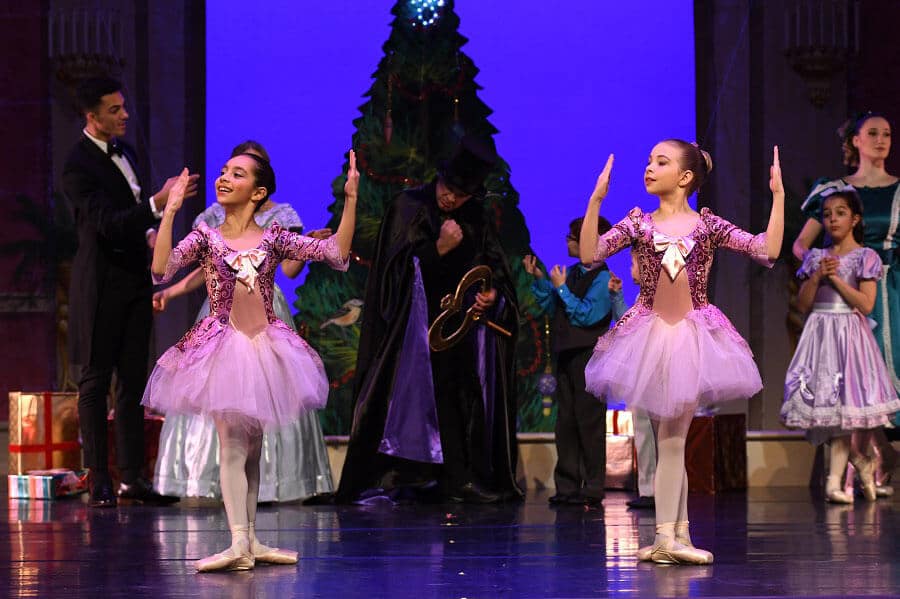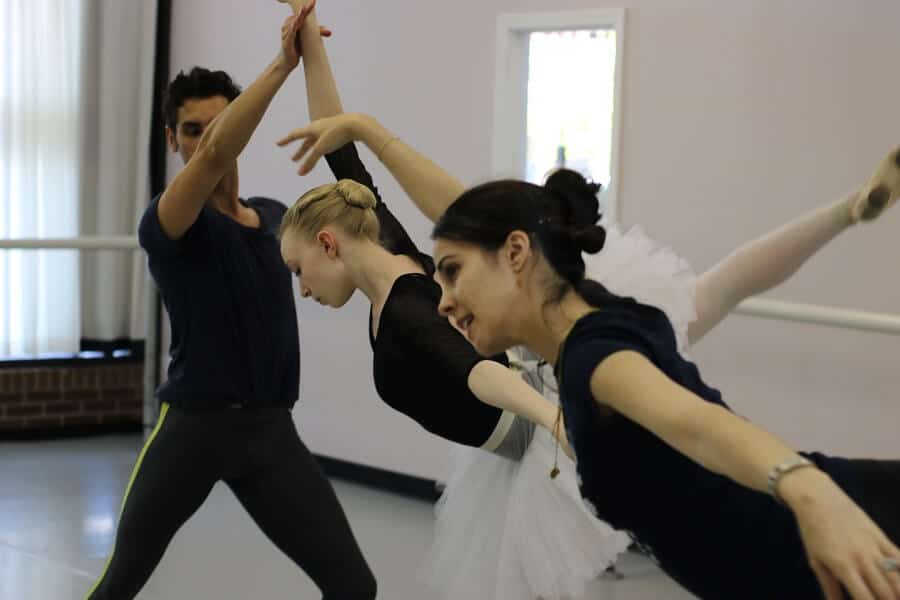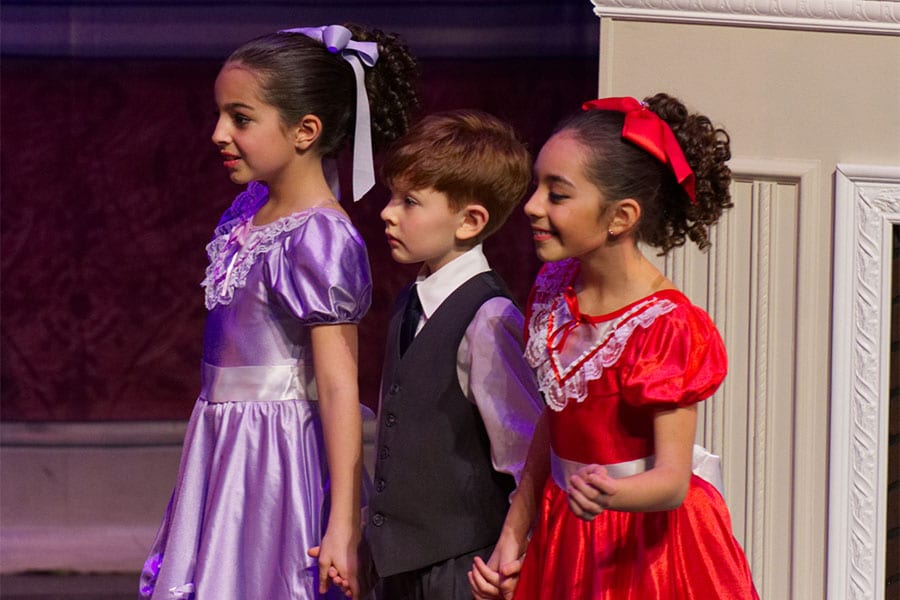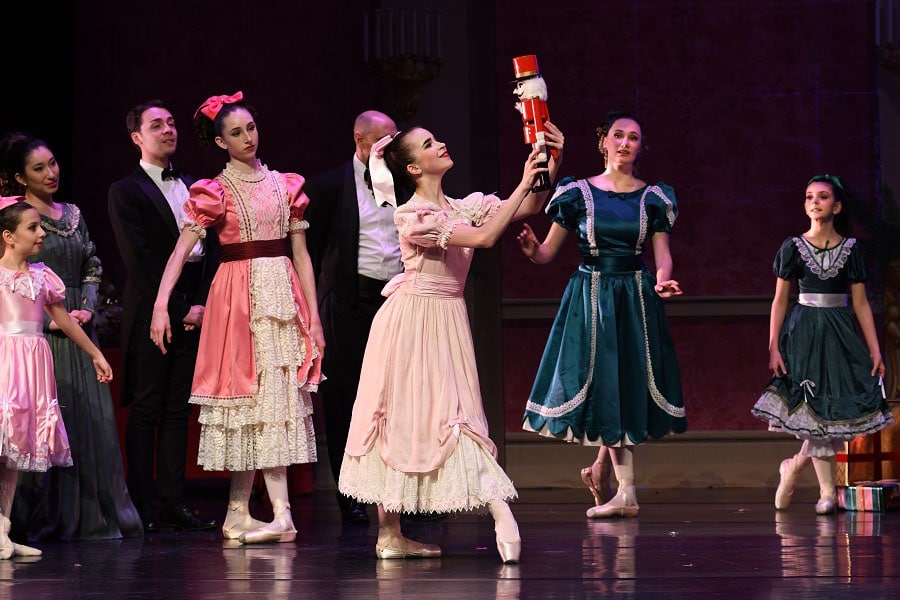“Do what you love, the rest follows.” This expression is certainly true for the individual who chooses to follow a career in dance. But it is so much more than this also. Growing up in Cuba, a career as a professional ballet dancer was a privilege, an honor, and a rare chance for a better life for you and your family. Many students competed for positions in dance schools, but only a few were accepted each year. The training was difficult, but the classes were filled with love for the art and for each other. There was tremendous support between families; your fellow students became part of an extended network of relatives. For the even most dedicated student, however, options were few and competition was fierce, as only a few earned places with the Cuban National Ballet Company. We surrendered ourselves to the art, with a single thought: to succeed.

The situation is different in the United States, of course. Students can direct their own futures into many different career paths and dance is viewed as one of many options. But there are certain truisms which are inherent to becoming a professional dancer, no matter where you are from. Here are some which I feel are most important:
- Becoming a professional ballet dancer requires a lot of discipline, practice, and commitment. Dancers need to love the art with all their heart as they will make many sacrifices for their career. The demands are great, but so are the rewards. Exacting technique and true artistry only come from unwavering devotion to the art.
- The passion for what you do every day will give you the strength to face the hard and overwhelming times that may come during intense training.
- Training to be a professional dancer is not something you can do part time. If you really want to be good at it, you must train every day. Your body is your tool, your instrument. You need to work every day to tune your instrument to harmonious perfection, balancing strength with grace and alignment with fluidity.
- To advance in the art, you must set your intention to change something every day, making it a little better. The art of ballet is deeply rooted in the pursuit of perfection. In order to advance through the craft, you must insist on your best every day and apply yourself to the fullest. There is a wonderful expression that fits: “If you keep doing what you’re doing, you’ll keep getting what you’re getting.” If you keep doing the minimum required number of classes for the program, don’t complain to your teacher when you fail to advance to the next class level or get the role you were expecting. If you only give your minimum effort, you will in fact fall behind. If you want to grow beyond your comfort zone, you must push yourself beyond your limitations.
- The discipline of ballet is built from the ground up and critically depends on a multitude of variables working synergistically and in perfect harmony. Paying attention, attending to class, and seriously applying the millions of corrections your teacher gives you will only help you perfect your craft more quickly. In many ballet schools, corrections are only given to students who teachers believe have true potential. In these schools, it is a true disappointment when the teacher fails to correct you during the class.
- Training to become a professional dancer is a family affair. Like any high-level athletic endeavor, support from the family is as important as support from the teachers. Parents spend endless hours driving young students to class, supplying shoes and clothing, paying for lessons and performance fees, etc. Parents sacrifice time, money, and personal wants for the student. The ups and downs of the journey are shared by everyone and if the family is not totally supportive, the dancer generally withdraws and moves on.
- Each professional dancer is unique. It is sometimes easy to compare yourself to others. Instead of getting caught up in that drama around you, focus on the things that you are good at, the things that you need to work on and the things that make you happiest as a dancer. Recognizing your weaknesses as well as your strengths is the first step to opening your mind to improvement and advancement. All professional dancers have weaknesses, but they leverage their strengths to their maximum value, creating a personalized style unique to them only. Often, it is the dance persona we remember. It is the way a dancer made you feel when you saw them perform.
- The profession of dance is filled with failures, but failure is part of the process. Despite how much we tried, how hard we worked and how consistently we perform, we still fail. Nonetheless, failure is very important to personal growth, and it helps help us develop both professionally and personally. If we never fail, we will never value our successes. Successful dancers embrace the lessons that come with failure, see the positive side, and learn from it. Failure is part of life and can be our greatest growth and learning opportunity.
- Professional dancers are always students of the art. They never feel 100% ready and always feel that they could practice more. But they are also very brave and willing to take risks. From letting go of the barre for the first time to executing 32 fouettes on pointe in the center of the studio, dancers are always extending their craft to the next level of excellence. They are perfectionists and are not happy with “good enough.” However, dancers also need to have a flexible mind and attitude in order to adapt to new choreography, choreographer, partner or last-minute role in a performance. The most impactful opportunities force us out of our comfort zone, but the true professional meets the challenge with grace, confidence, and a smile



